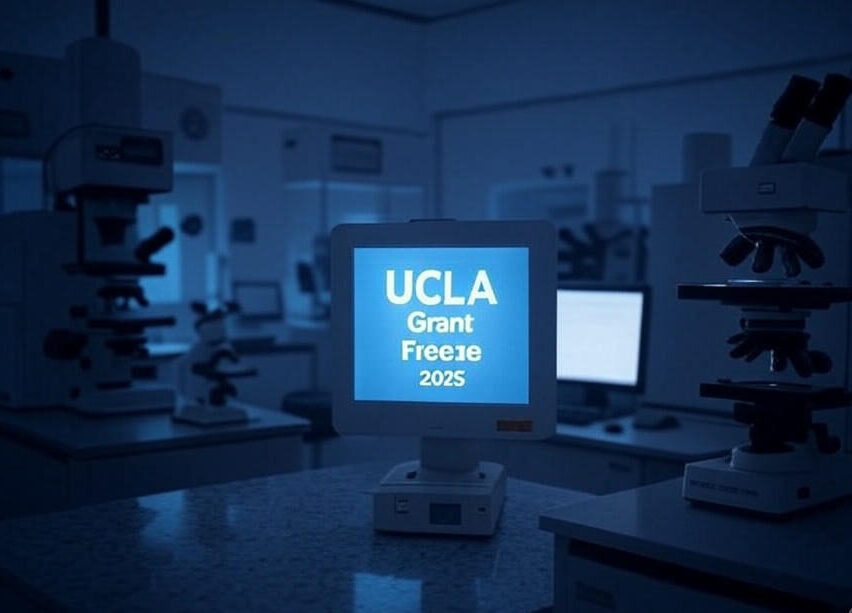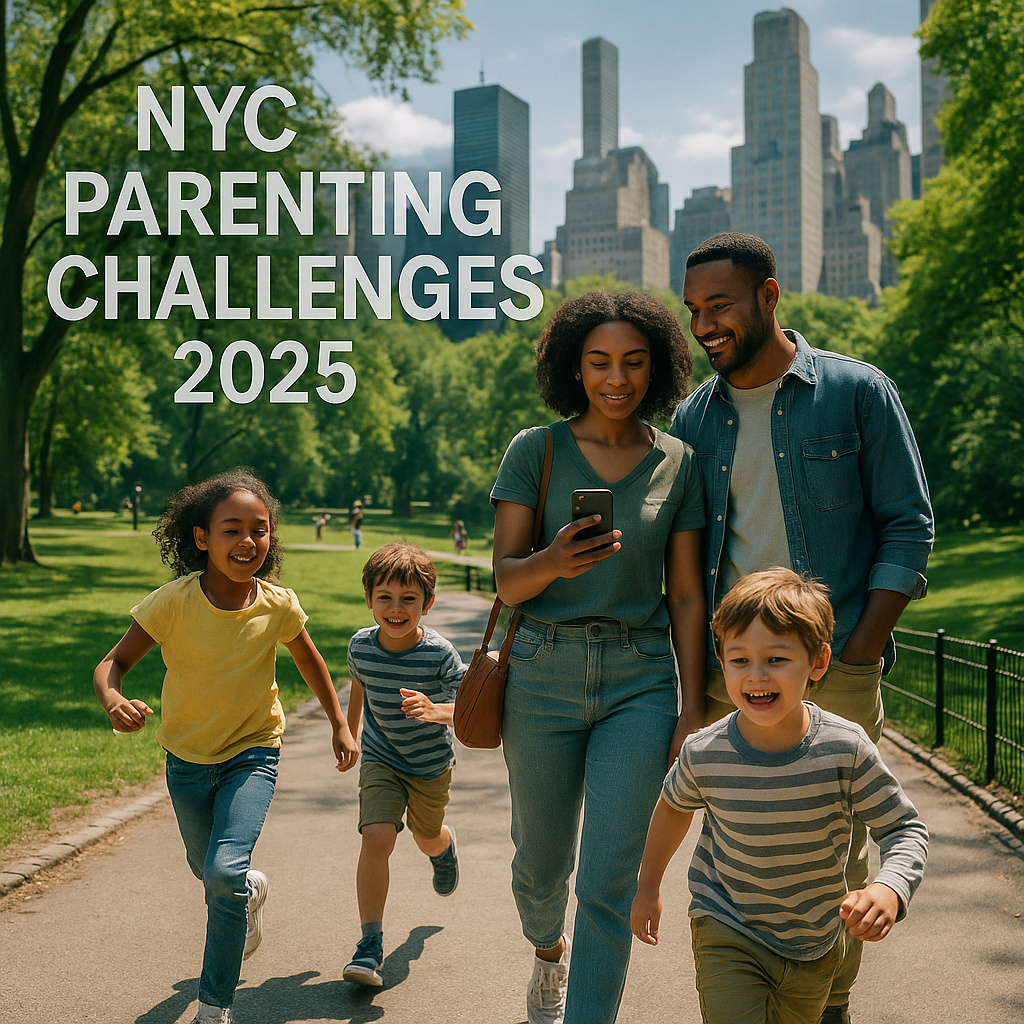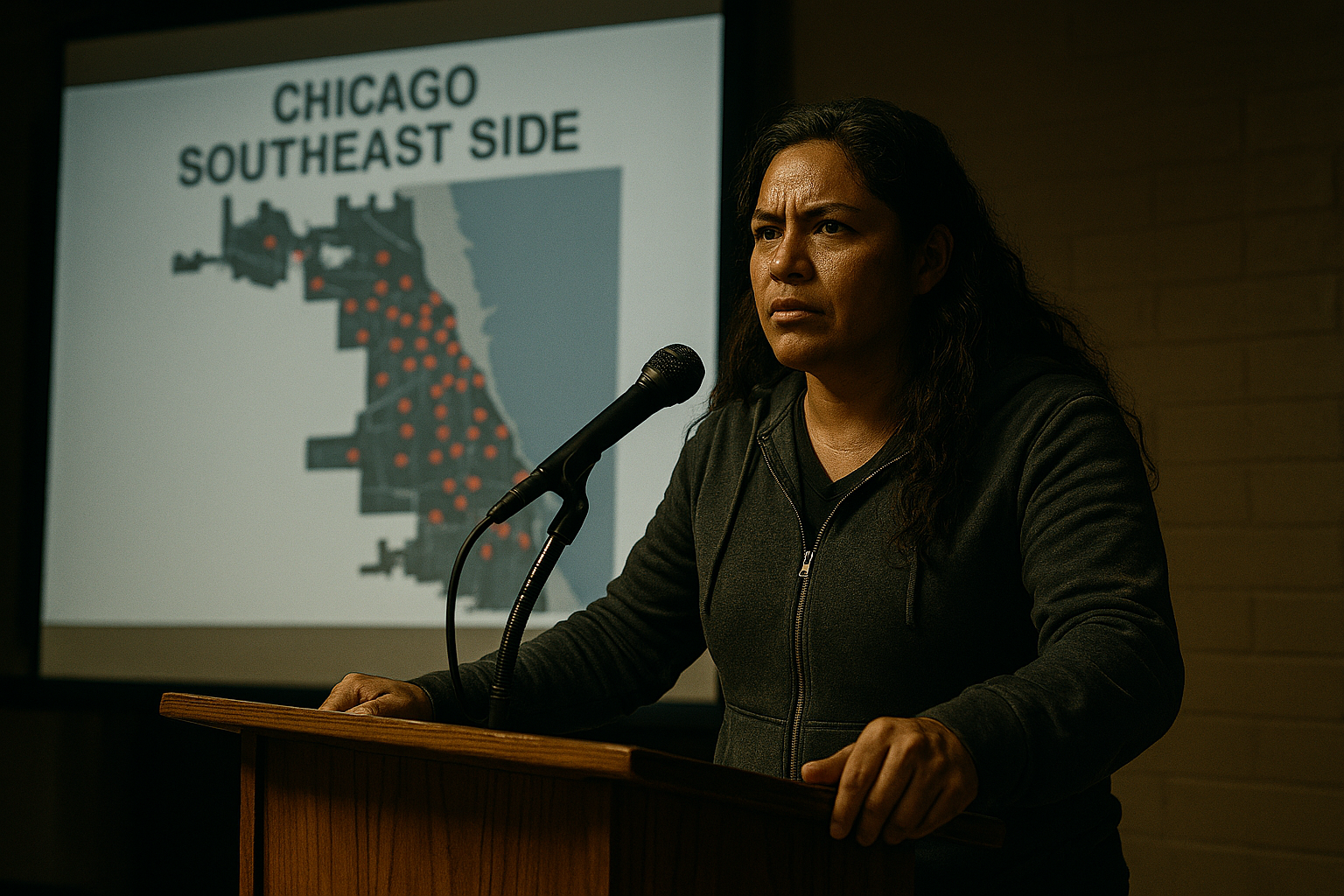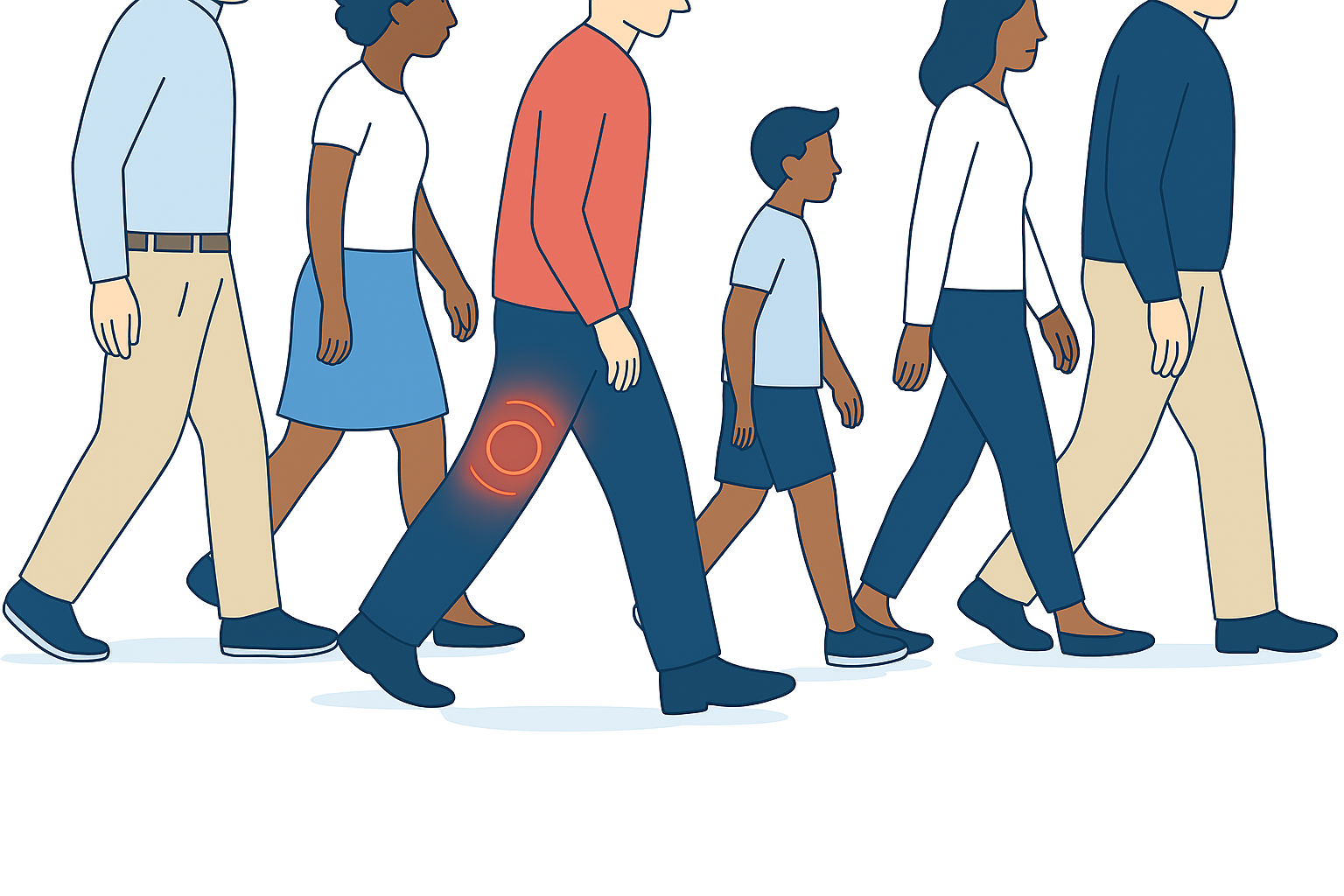Hidden Toll of Los Angeles Wildfires: Study Suggests Hundreds More Deaths Linked to Eaton and Palisades Fires
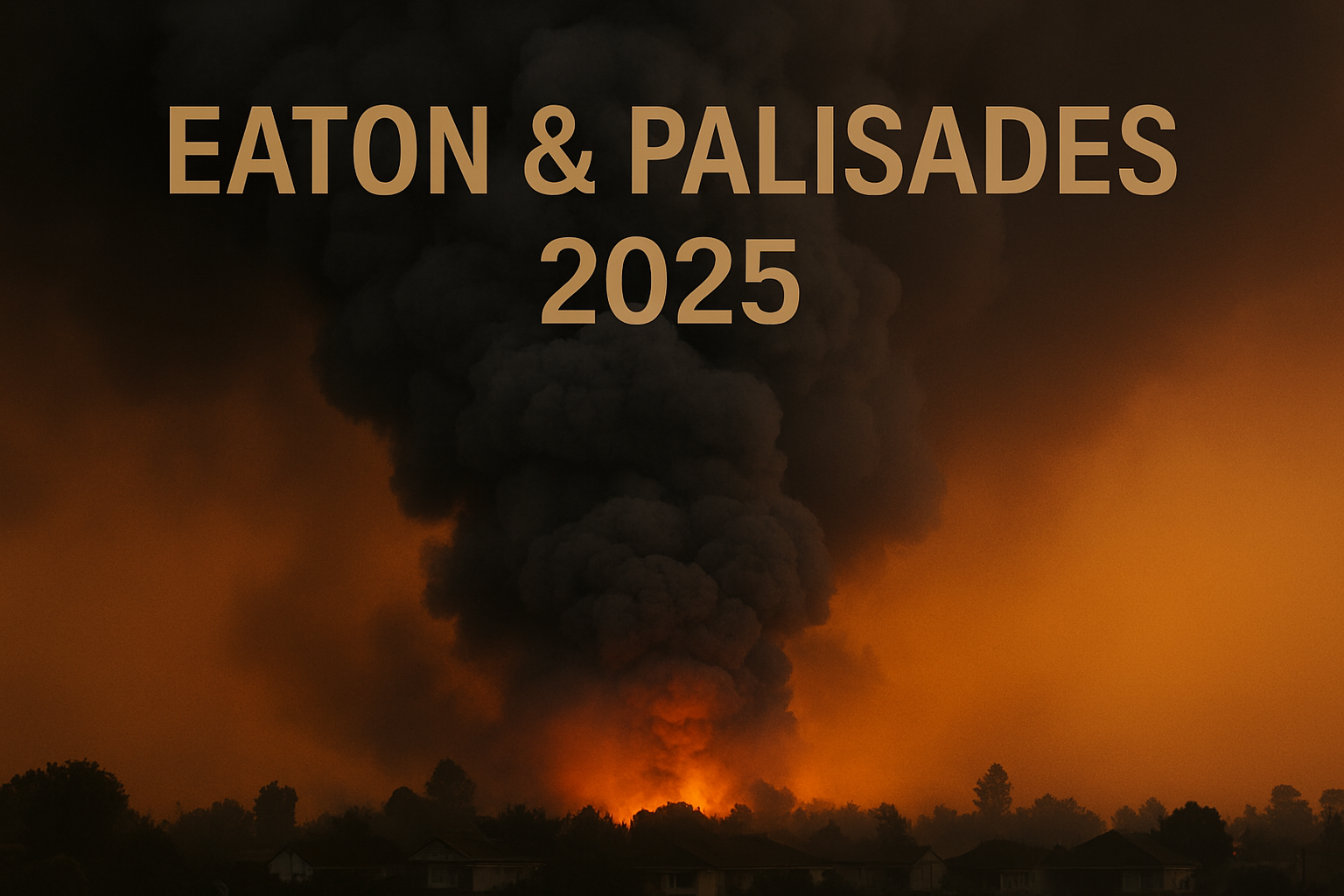
The Eaton and Palisades wildfires that tore through Los Angeles County in January 2025 were among the most destructive in the region’s history, officially claiming 31 lives and destroying over 16,000 structures. However, a new study published in the Journal of the American Medical Association (JAMA) reveals a far greater toll, estimating 440 additional deaths linked to the fires’ aftermath, primarily due to toxic smoke exposure and disrupted healthcare. For families navigating the recovery, this research underscores the urgent need to address both immediate and long-term health risks from wildfire smoke, offering critical insights for community preparedness and resilience.
The Study’s Findings
Published on August 6, 2025, the JAMA research letter, co-authored by Andrew Stokes of Boston University, estimates that Los Angeles County saw 6,371 deaths between January 5 and February 1, 2025, compared to an expected 5,931 based on data from 2018, 2019, and 2024. This excess of 440 deaths, over 14 times the official count, is attributed to factors like poor air quality from fine particulate matter (PM2.5), delays in medical services, and the stress of displacement. Unlike rural wildfires, the urban density of Los Angeles enabled researchers to use national mortality statistics for a reliable baseline, making this study a rare glimpse into the true impact of urban firestorms. The study highlights that PM2.5 exposure, a known health hazard, likely exacerbated respiratory and cardiovascular conditions, contributing significantly to the death toll.
Health and Environmental Impacts
Wildfire smoke from the Eaton and Palisades fires, fueled by Santa Ana winds and urban materials like plastics and vehicles, carried toxic pollutants, including PM2.5, heavy metals, and carcinogens like benzene. Air quality monitors recorded PM2.5 levels as high as 483.7 µg/m³ in Chinatown and 1,100 µg/m³ near Pacific Palisades Elementary, among the highest in recent years. These pollutants can penetrate deep into the lungs, causing immediate issues like asthma and long-term risks like dementia and heart disease. A 2024 UCLA Luskin Center study linked 55,000 premature deaths in California from 2008–2018 to wildfire-related PM2.5 exposure. Hospital visits for smoke-related injuries surged 16-fold during the fires, with vulnerable groups—older adults, disabled individuals, and low-income communities—hit hardest.
Critical Perspective
While the JAMA study provides a groundbreaking estimate, it has limitations. It focuses on the acute period (January 5–February 1, 2025) and may not capture the full scope of long-term health impacts, such as chronic diseases or mental health issues like PTSD, which spiked after the 2023 Maui fires. The narrative around official death tolls (31 direct fatalities) often ignores indirect deaths, underestimating the crisis. For example, the study excludes 2020–2023 data due to COVID-19 distortions, potentially skewing comparisons. Additionally, claims about specific pollutants like lead or PFAS in smoke remain under-researched, as noted by UC Davis’ Anthony Wexler, who calls for more data on urban fire emissions. The focus on PM2.5 overlooks other toxins like volatile organic compounds (VOCs), which may persist even when air quality indices improve.
Implications for Families and Communities
The fires’ hidden toll has profound implications for families. Communities like Altadena and Pacific Palisades face ongoing risks from ash containing toxic chemicals, prompting advisories to wear N95 masks and keep windows closed. Disproportionately affected Latino, Black, and Asian neighborhoods, such as Chinatown and Compton, highlight systemic inequities in exposure and recovery resources. Families can engage in recovery by monitoring air quality via tools like the EPA’s AirNow Fire and Smoke Map and participating in community health initiatives, such as the L.A. Fire HEALTH Study, which tracks long-term effects over 10 years. These efforts, supported by researchers from UCLA, Harvard, and others, aim to guide safe rebuilding and inform public health strategies.
Recommendations
- Families: Use real-time air quality tools like airnow.gov and wear N95 masks in affected areas. Share health tips on X at @LACountyDPH.
- Communities: Support the L.A. Fire HEALTH Study by volunteering for health surveys to improve future preparedness.
- Policymakers: Invest in advanced air quality monitoring for urban-specific pollutants and enhance healthcare access during crises, as 35% of virtual care visits spiked post-fires.
Conclusion
The Eaton and Palisades fires’ true impact extends far beyond the official 31 deaths, with the JAMA study estimating 440 additional fatalities from smoke and disruptions. As Los Angeles rebuilds, families and policymakers must prioritize air quality monitoring, equitable recovery, and long-term health studies to mitigate future risks. This hidden toll is a call to action—stay informed and protect your community from the lasting effects of wildfire smoke.

